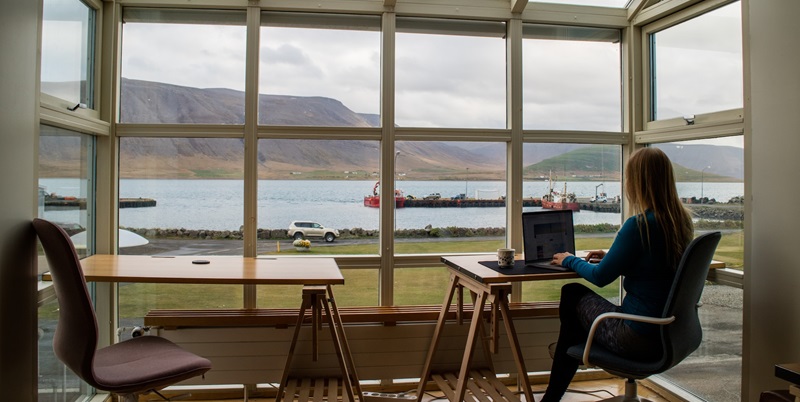As the dynamics of work continue to evolve, businesses are increasingly focusing on optimizing their workspaces. This article explores the changing trends in office work and the importance of finding the right balance between remote work and office attendance. It delves into the challenges faced by organizations and the potential solutions, including automation, artificial intelligence, and smart space utilization.
Decrease in Remote Work
In recent years, there has been a significant decrease in remote work. Only 1% of businesses now ask employees to spend one day or less in the office each week, a stark contrast to 34% in 2022. This shift highlights a growing emphasis on in-person collaboration and the belief that physical proximity enhances productivity and innovation.
Office Attendance Requirements
A staggering 80% of respondents shared that they encourage or require employees to be in the office for three or more days a week. This requirement reflects the belief that face-to-face interaction fosters teamwork, creativity, and effective communication. However, organizations must strike a balance between office attendance and flexibility to accommodate changing employee expectations.
Changes in Office Space
Traditionally, larger companies held a monopoly on office space. However, the landscape has shifted, with smaller companies now increasing their office space while larger ones focus on enhancing quality, technology, and amenities. This shift allows smaller businesses to create a more comfortable and efficient workspace, while larger corporations transform their offices into state-of-the-art environments.
The role of automation in workspace optimization is crucial. It enables companies to collect accurate data, efficiently plan space utilization, and optimize workspace comfort based on employee preferences. By using automation, organizations can make data-driven decisions regarding office layout, temperature, lighting, and other factors that impact employee satisfaction and productivity.
Challenges in Optimizing Workspaces
One of the biggest challenges organizations face while optimizing workspaces is striking the right balance between individual and collaborative spaces. A survey revealed that 32% of organizations struggle with creating the right kinds of workspaces to facilitate both focused individual work and collaborative team efforts. Finding a harmonious blend is crucial to promoting productivity and employee well-being.
Changes in Office Space Footprints
Over the past 24 months, small companies have shown a remarkable increase in their office space footprints, indicating a commitment to providing adequate space for their employees. Additionally, 47% of mid-sized companies have also expanded their office space. These changes underscore the recognition that physical space is vital for business operations and employee comfort.
Benefits of Right-Sizing
Right-sizing offers organizations the opportunity to “tighten up the envelope” by operating at a more optimized occupancy rate of 65% to 75%. This approach fosters a more engaging work environment, facilitates collaboration, and reduces wasted space and costs. By optimizing office space utilization, organizations can adapt to changing work patterns, attract and retain top talent, and create a vibrant workplace culture.
Role of Artificial Intelligence in Workplace Optimization
Artificial intelligence (AI) stands out as a key tool for optimizing the workplace. Forty-four percent of organizations currently use AI to collect valuable data, while 38% express interest in applying it to track sustainability and energy efficiency. AI can analyze occupancy patterns, optimize temperature and lighting, and improve space planning, ensuring efficiency and cost savings.
Importance of Natural Light Optimization
Generating a well-lit workspace has numerous benefits, including improved employee well-being, increased productivity, and reduced reliance on electricity. Incorporating light and daylight sensors can optimize natural light usage, creating a healthier and more inviting workspace. Organizations should prioritize designing offices that maximize access to natural light.
Increased Emphasis on Workplace Investments
With the rise of hybrid work schedules, the spotlight is on workplace investments. Organizations are increasingly integrating AI, expanding their office footprints, and investing in virtual collaboration resources. These investments ensure employee connectivity, seamless collaboration regardless of location, and a technologically advanced work environment.
The changing landscape of work has prompted organizations to rethink their approach to office spaces. While remote work has decreased, striking the right balance between in-person attendance and flexibility is vital. Optimizing workspaces through automation, AI, and smart space utilization can enhance employee productivity, collaboration, and well-being. Additionally, prioritizing natural light and investing in workplace technology are essential for organizations aiming to thrive in this hybrid work era. By continuously adapting and optimizing workspaces, businesses can build a strong foundation for success in the future of work.

